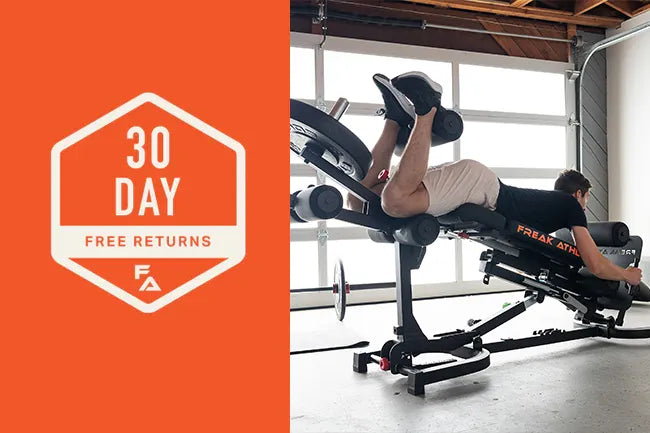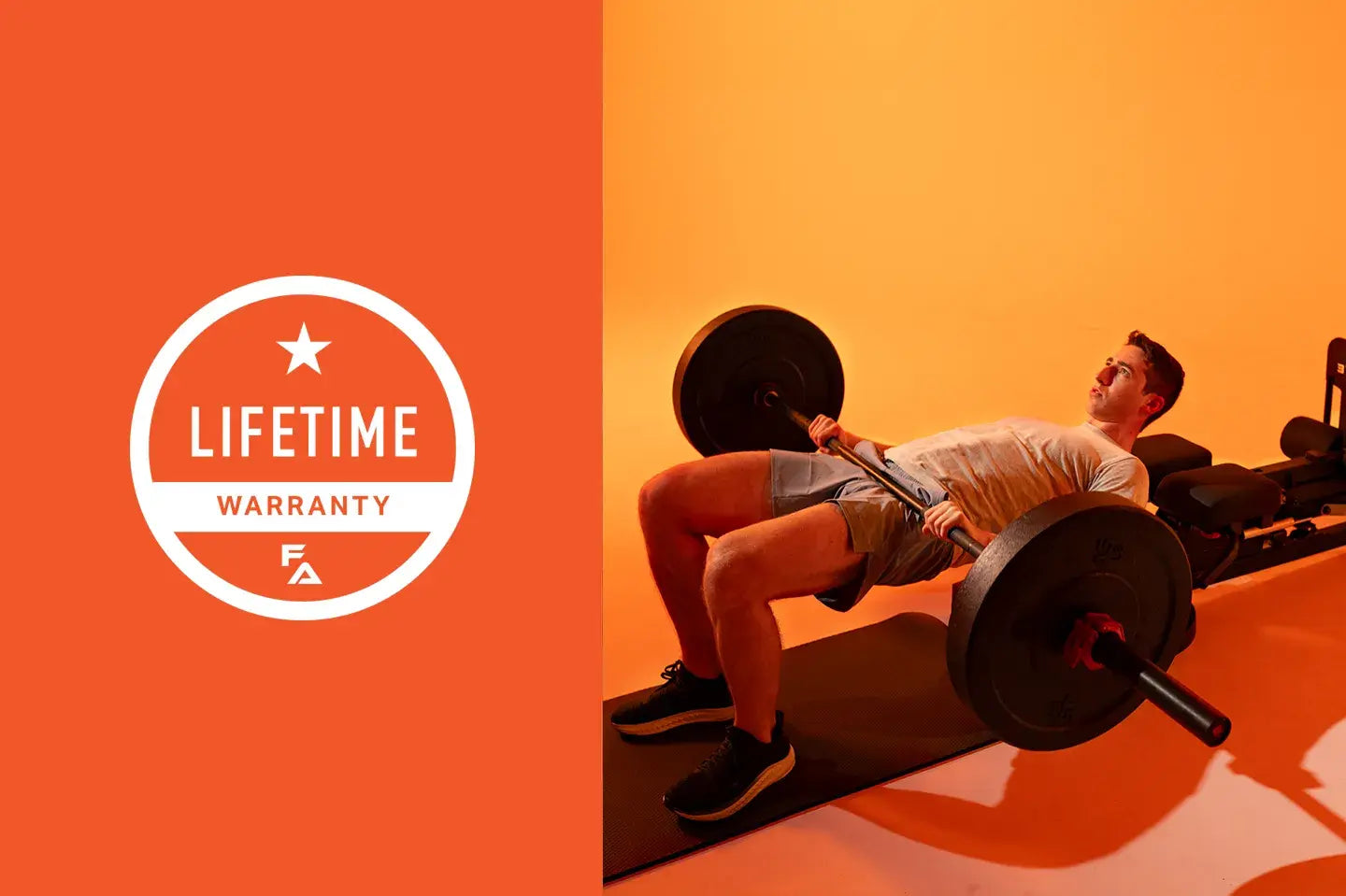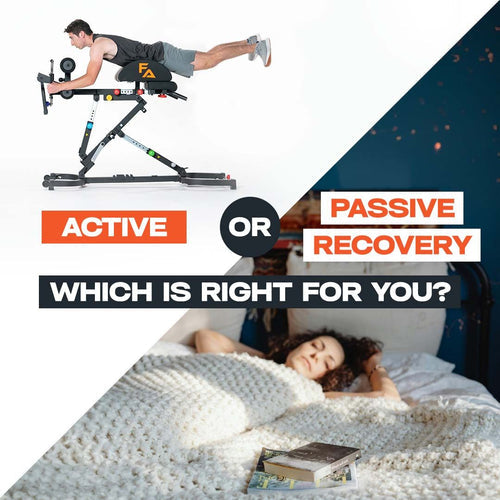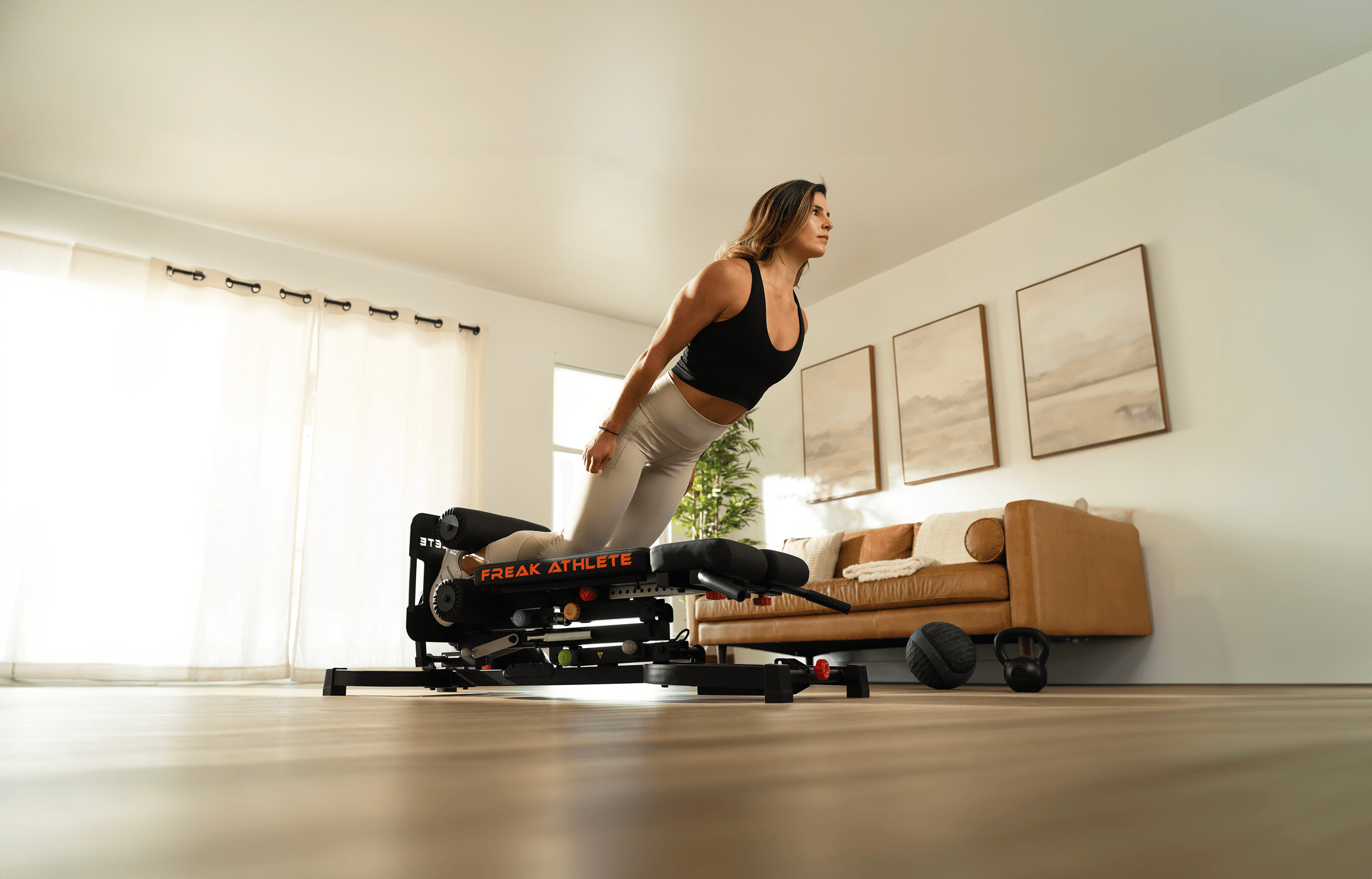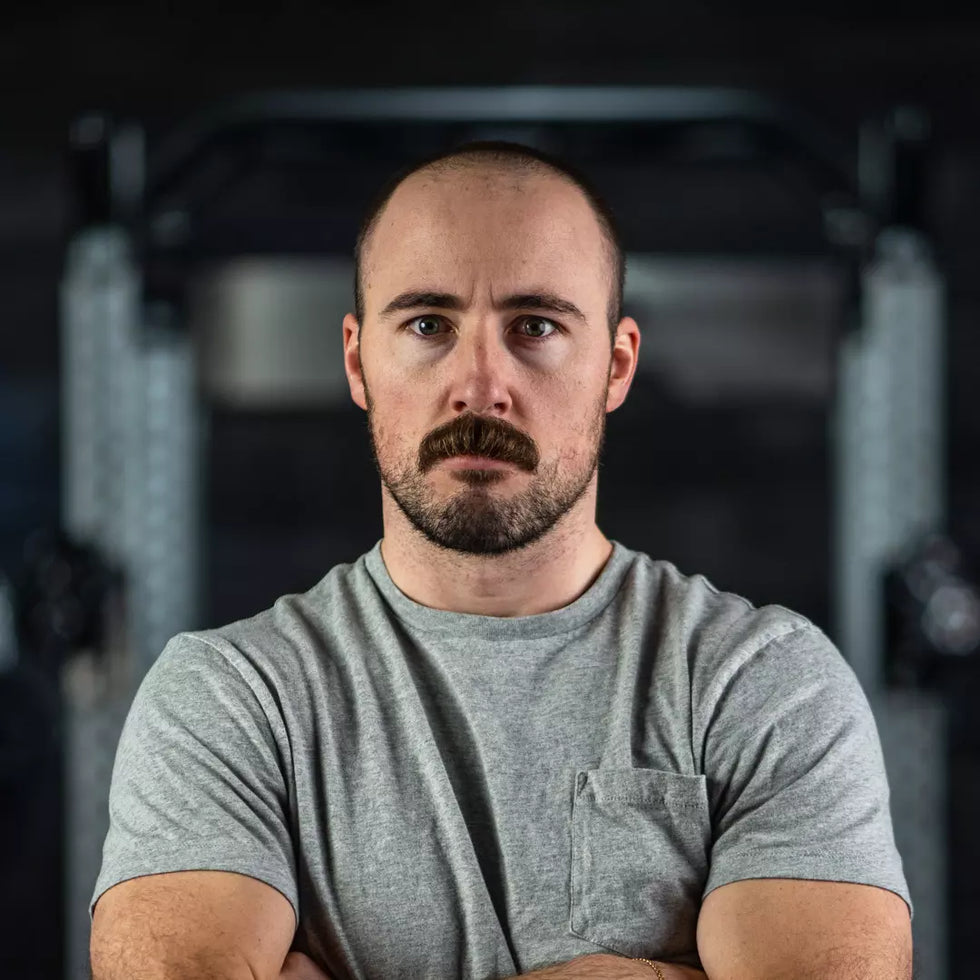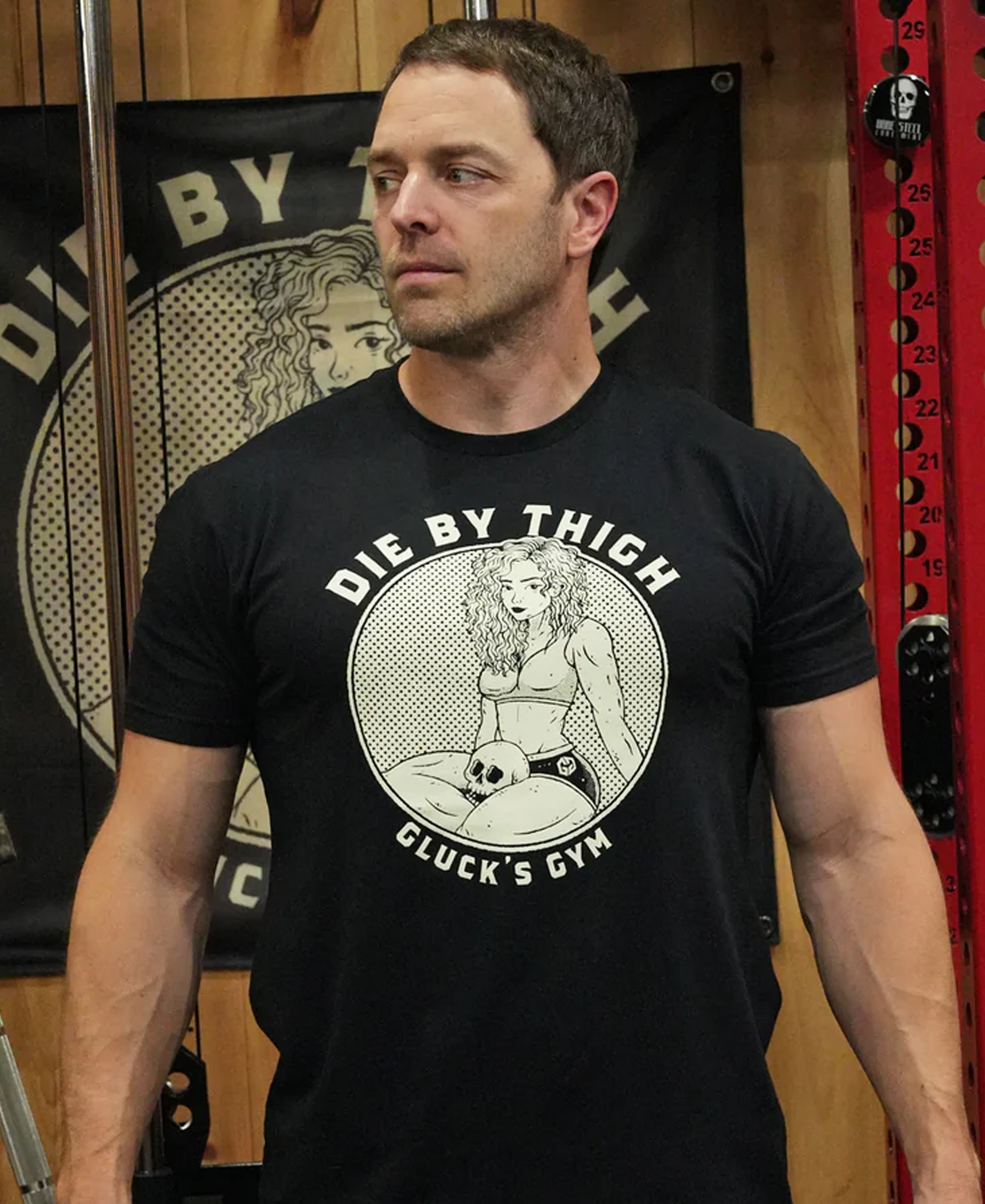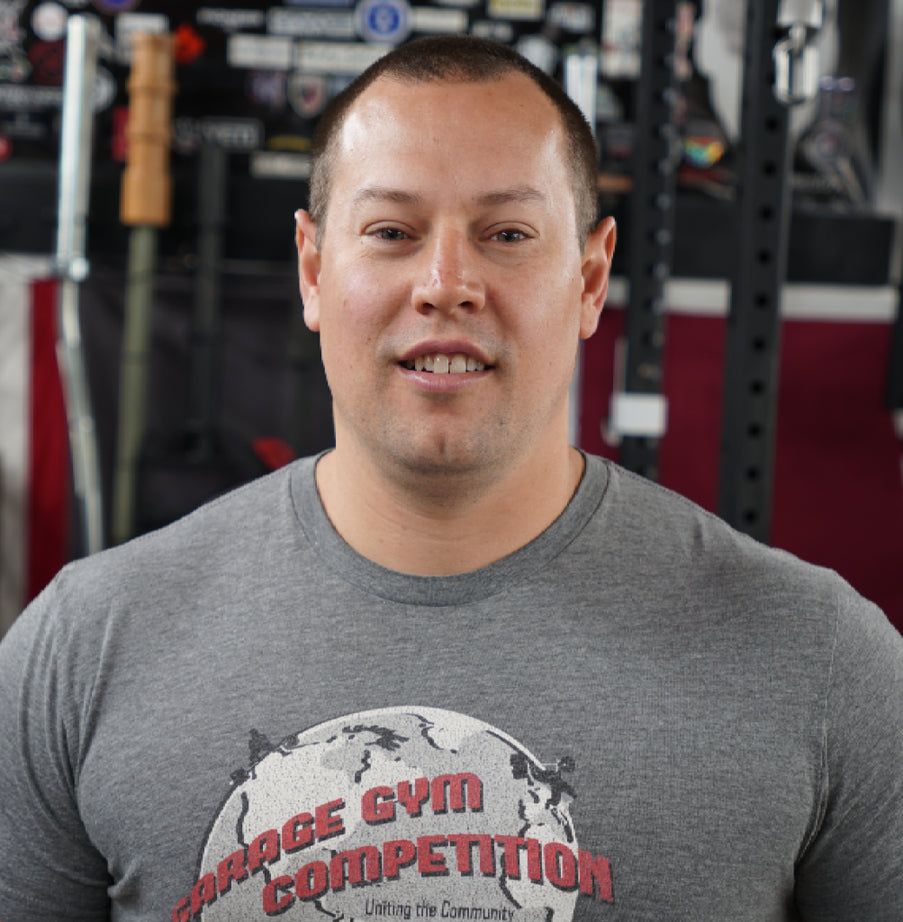PUBLISHED ON Apr, 11, 2025
Hamstring Injury? A PT's Guide to Recovery
Hey Freak Athletes! It's Dr. Scott, an orthopedic physical therapist, here to talk about one of the most common – and frustrating – injuries we see: hamstring problems. This is a problem I’ve actually been dealing with recently. Long hours riding on my road bike have left me with some pesky hamstring tendinitis, resulting in pain near the back of my knee.
Luckily, I was introduced to an awesome piece of equipment for rehabbing my hamstrings. This same device also builds leg & core strength and has become quite a valuable piece in my fitness routines. We’ll chat about specific equipment later, but first, we should go over common hamstring issues.
Common Hamstring Injuries
Hamstring issues can range from a mild strain to a more serious tendon injury. Here's a quick rundown:
-
Hamstring Strains: These are your classic "pulled hamstring" injuries. They happen when the muscle fibers are overstretched or torn, often during rapid acceleration or deceleration. You'll typically feel a sudden, sharp pain in the back of your thigh.
-
Hamstring Tendinopathy: This involves irritation or damage to the tendon that attaches the hamstring muscles to your sit bone (ischial tuberosity) or the back of your knee. It often develops gradually from overuse and can cause deep, aching pain in your buttock or behind your knee.
Hamstring Injury Rehab
Okay, so you've tweaked your hamstring. Now what? This is where a good rehab program comes in. It's essential not just to reduce pain but to restore full strength, flexibility, and function to prevent re-injury.
A solid hamstring rehab program includes loading the muscles and tendons with strengthening exercises. Believe it or not, strengthening exercises are WAY more important than stretching for rehabbing hamstring injuries. That means we need to target those muscles on the back of your thigh, and luckily, we have a few ways to do so!
Top Hamstring Rehab Exercises
Here are my favorite exercises for rehabbing hamstring injuries. We’ll start with gentle movements for an injured hamstring and work up to higher intensity exercises. I’ll be demonstrating these on my Hyper Pro.
1. Nordic Hamstring Isometrics (Double Leg)
This exercise works by firing your hamstrings while you stay still. Holding the contraction is a great way to begin loading the hamstring muscles and tendons after an injury. Since this is a double-leg exercise, it won’t be overly intense for your injured side.
2. Prone Hamstring Curl (Double Leg)
Another great option for beginning to load the hamstrings is the hamstring curl. Start with low resistance and build up the weight over a few sessions.
3. Prone Hamstring Curl Eccentrics
Now, we are going to progress to our first single-leg hamstring exercise. Eccentrics, or 2-up-1-down movements, will isolate your injured leg during the lowering portion of the movement.
4. Single-Leg Prone Hamstring Curls
By performing the curls with only your injured leg, we are focusing all of the attention on the injury but still using low weight and gradually working our way up.
5. Nordic Hamstring Curls
This is a fantastic exercise but also quite demanding for the hamstrings. Think of it as a slow, controlled fall, using your hamstrings to resist gravity. Start with assistance and gradually progress to doing them independently.
Pain Monitoring During Rehab
Understand that some pain and soreness during rehab is normal, especially for hamstring and tendon injuries.
-
Pain levels 1-3/10 during or after rehab are normal and expected.
-
Pain levels 4/10 or above mean we may have overdone the exercise and should likely reduce the intensity during your next rehab session.

Beyond the Basics
Of course, these are just a few examples of specific hamstring exercises. Your rehab plan will be tailored to your specific needs and may include:
-
Other strengthening exercises
-
Manual therapy
-
Different modalities
If you're struggling with hamstring pain, don't ignore it! Early intervention and a well-structured rehab program are key to a successful recovery.
Author:
Dr. Scott Dickenson
Physical Therapist
Disclaimer:
This blog post is for informational purposes only and should not be considered medical advice. Always consult with a qualified healthcare professional for diagnosis and treatment.
